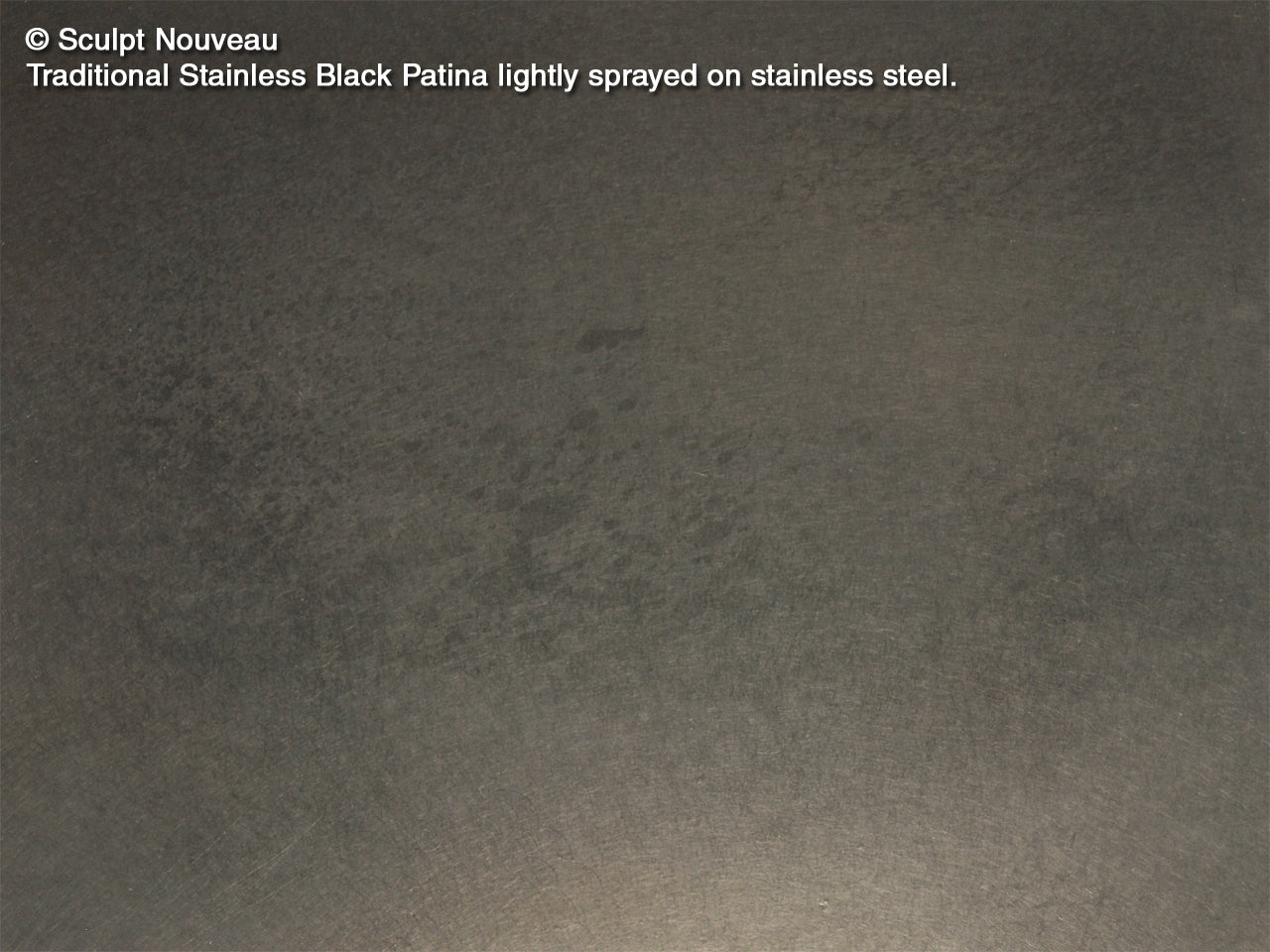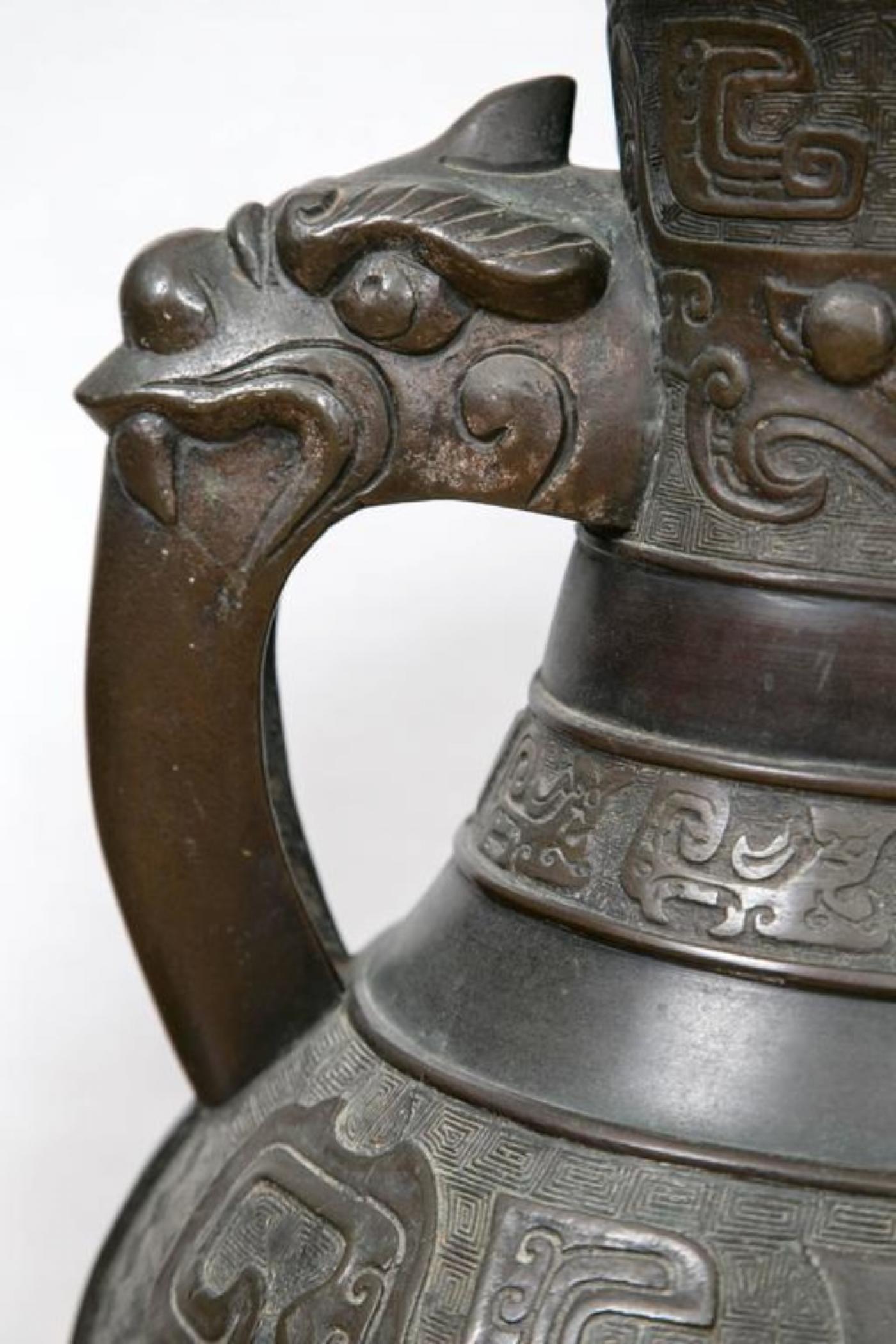

However, a natural patina usually develops over a man-made patina that was aĭifferent chemicals react with the bronze to achieve different colors. Although a natural patina can have streaks and spots, it is highly coveted by antique bronze collectors because is it gives a sculpture is character and takes many years to fully develop. The beautiful green color is the result of decades of air and moisture reacting with the copper in the bronze. More simply, the French sculptor Auguste Rodin used to instruct assistants at his studio to urinate over bronzes stored in the outside yard.Ī great example of a natural patina can be seen on the Statue of Liberty.

Sometimes the surface is enhanced by waxing, oiling, or other types of lacquers or clear-coats. Some patina colors are achieved by the mixing of colors from the reaction with the metal surface with pigments added to the chemicals. Colors range from matte sandstone yellow to deep blues, greens, whites, reds and various blacks. For artworks, patination is often deliberately accelerated by applying chemicals with heat. The basic palette for patinas on copper alloys includes chemicals like ammonium sulfide (blue-black), liver of sulfur (brown-black), cupric nitrate (blue-green) and ferric nitrate (yellow-brown). For copper alloys, such as bronze, exposure to chlorides leads to green, while sulfur compounds (such as “liver of sulfur”) tend to brown.

Patination composition varies with the reacted elements and these will determine the color of the patina. They are often used by artists as surface embellishments either for color, texture, or both. The process is often called distressing.Ī wide range of chemicals, both household and commercial, can give a variety of patinas. Patina also refers to accumulated changes in surface texture and colour that result from normal use of an object such as a coin or a piece of furniture over time.Īrtists and metalworkers often deliberately add patinas as a part of the original design and decoration of art and furniture, or to simulate antiquity in newly-made objects. On metal, patina is a coating of various chemical compounds such as oxides or carbonates formed on the surface during exposure to the elements (weathering). Patina is a tarnish that forms on the surface of bronze and similar metals (produced by oxidation or other chemical processes) a sheen on wooden furniture produced by age, wear, and polishing or any such acquired change of a surface through age and exposure.


 0 kommentar(er)
0 kommentar(er)
